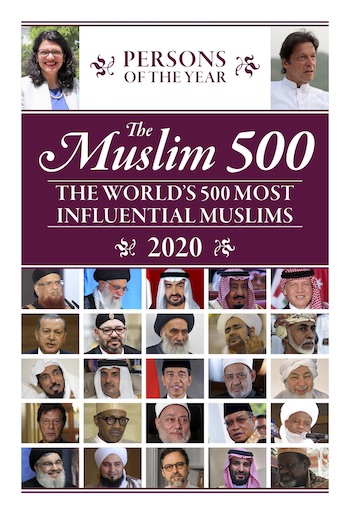Indian Muslim Persecution
by Moustafa Elqabbany
In June 2018, the Thomas Reuters Foundation published a survey that named India the most dangerous country for women. The survey interviewed 548 experts and used six indexes, including sexual and non-sexual violence as well as human trafficking. In a country that is 80% Hindu, 12% Muslim, 2-3% Christian, and less than 2% Sikh, minorities are disproportionately the targets of sex and hate crimes, with Dalits (low-caste Hindus) taking the lead followed by Muslims.
This news is not altogether surprising: on January 17, the body of Asifa Bano, an 8-year-old Muslim nomadic girl was discovered. She had been given sedatives, kept captive in a Hindu temple, and, over the span of three days, raped repeatedly by multiple assailants. Rape, mob beatings, and vigilante cow violence are fueled by anger and offer the powerful a way to assert their power over the underprivileged. In 2017, IndiaSpend reported that 84% of the victims of vigilante cow violence were Muslims since 2010. Muslims account for more than 97% of such incidents since May 2014, the same year that Narenda Modi, former Chief Minister of Gujarat during the infamous 2002 riots that left up to 2000 people dead—mostly Muslims—was elected as the Prime Minister of India. Modi is a member of the Hindu-nationalist BJP (Bharatiya Janata Party). According to Ram Puniyani, the BJP’s success in Gujarat was due to the 2002 riots which flamed Muslim-Hindu tensions in the region.
Amnesty International India, which has maintained a database of hate crimes since 2015, says that there has been an “alarming increase” in the number of hate crimes against marginalized groups. Of the 100 hate crimes during the first six months of 2018, 22 were against Muslims, indicating that Muslims are targets of such crimes at nearly twice their representation in the country’s population. Amnesty also indicates that hate crimes are worst in Uttar Pradesh, India’s most Muslim-populous state, followed by Gujarat.


